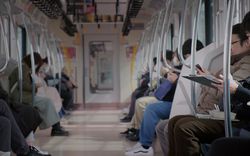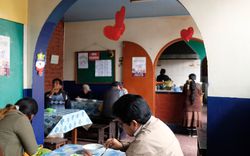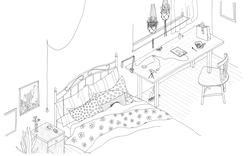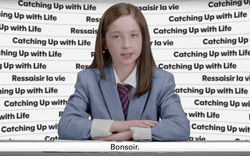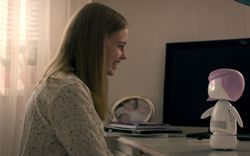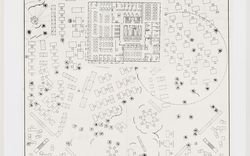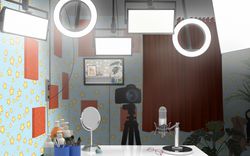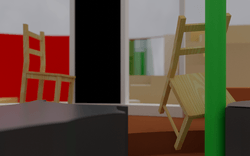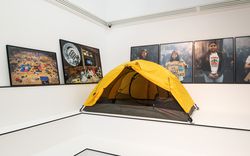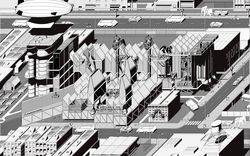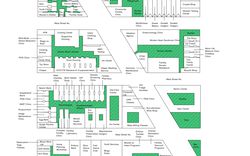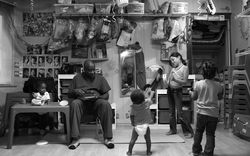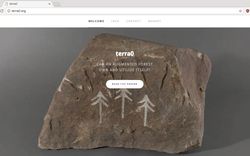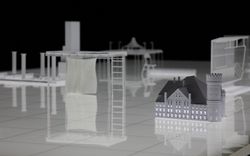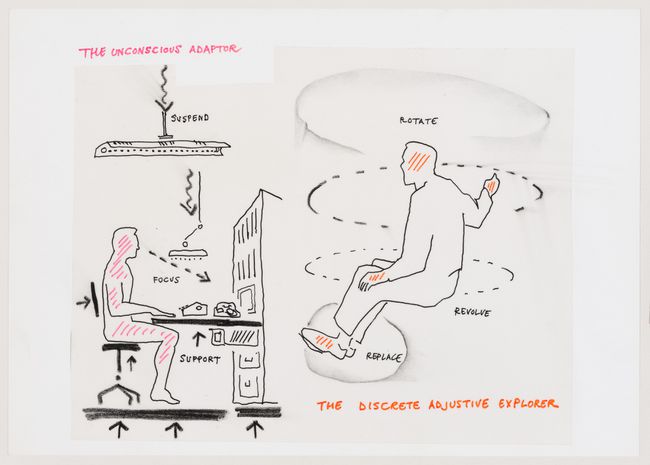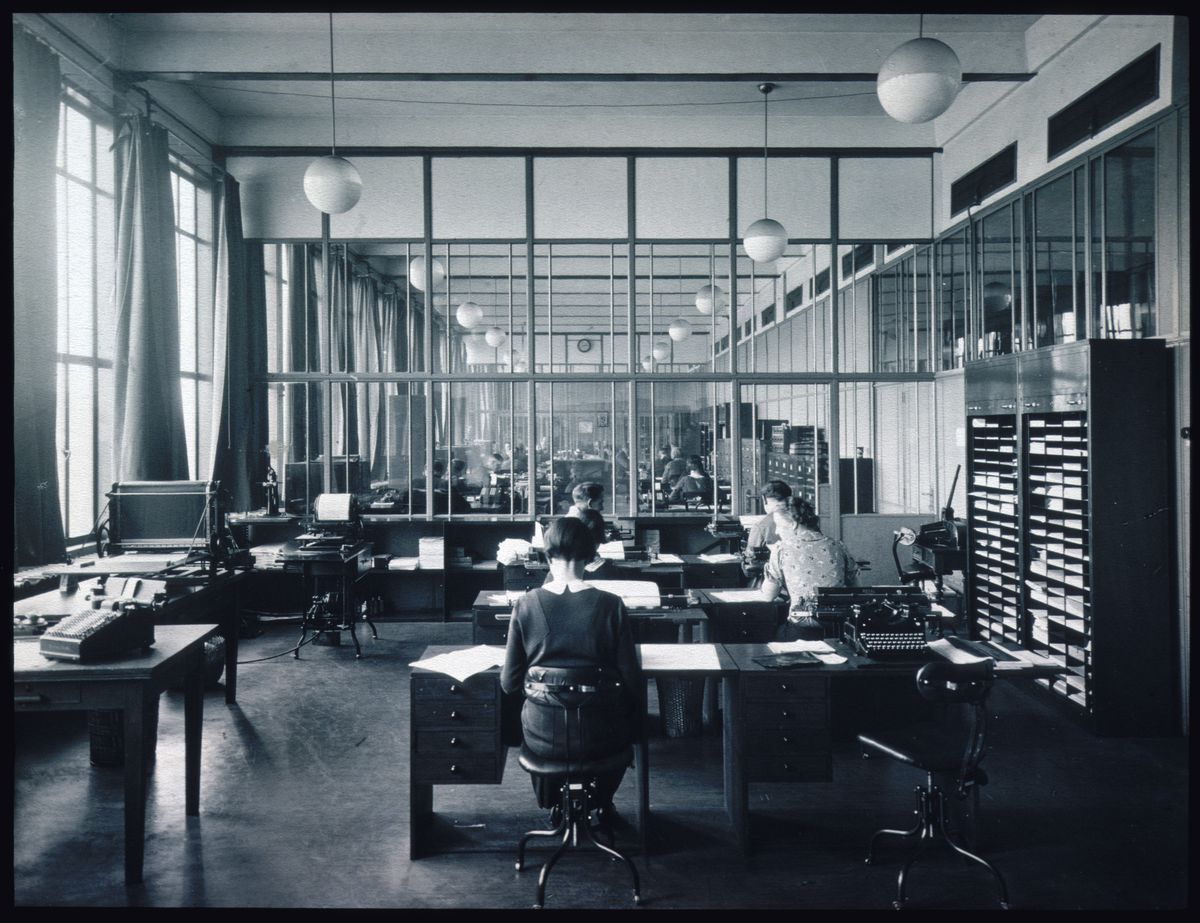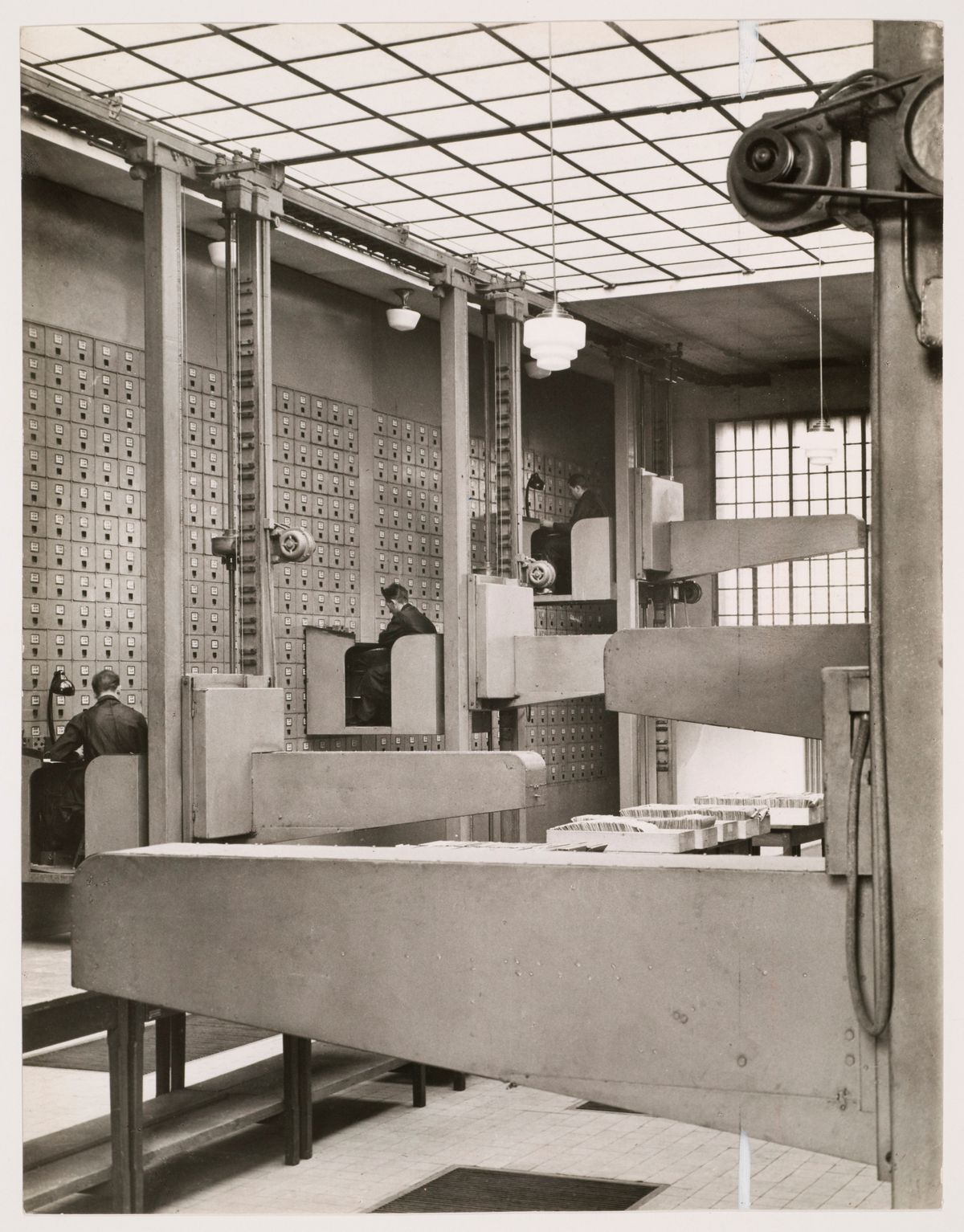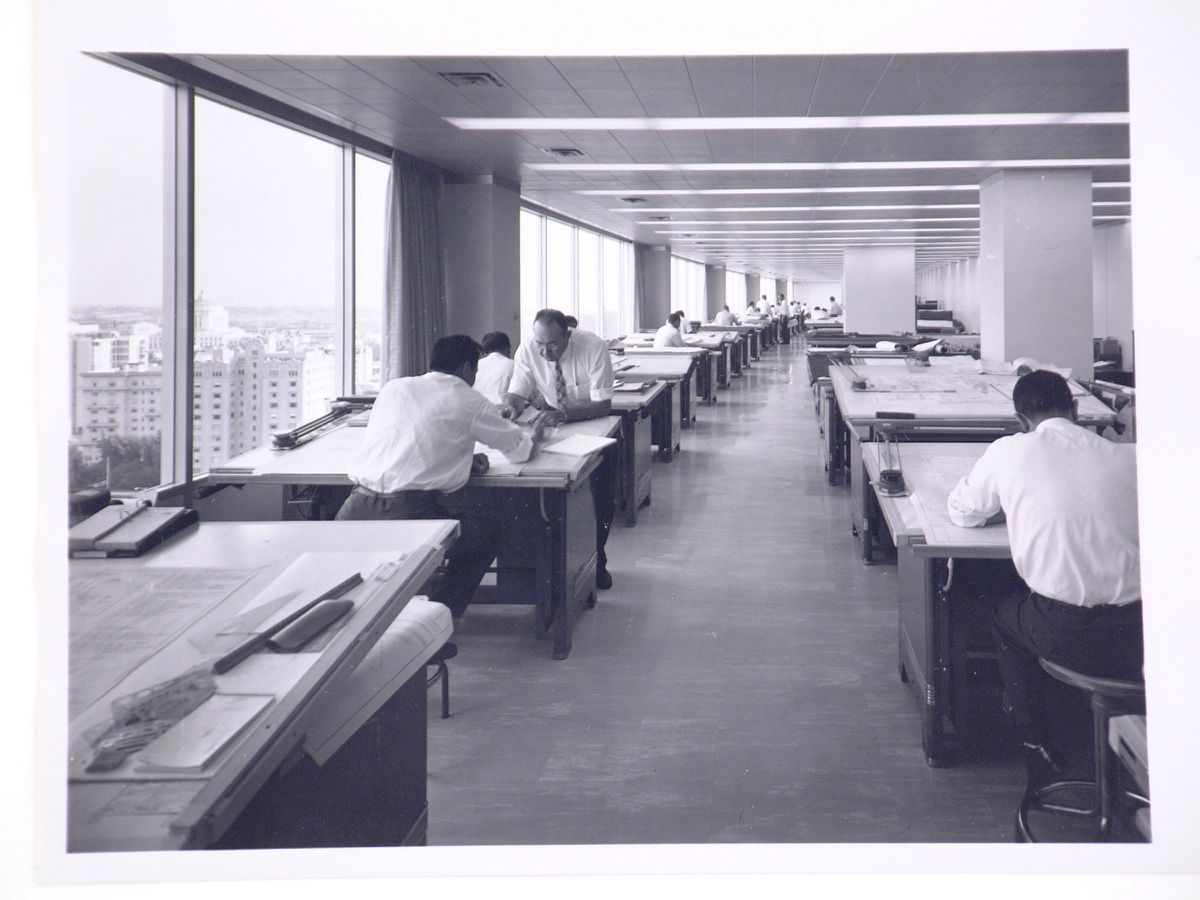A Space for Deep Work
SO–IL's Florian Idenburg contemplates the rites and rituals of work
Going down together.
Imagine a space for deep work. Not just an ordinary workspace, with a desk and chair and, most likely, some type of recording instrument. No, we desire something more profound.
A fresh moniker for an age-old concept, “deep work” comes with its own predicaments. The notion evokes monastic imagery, a Benedictine life. Ora et labora. It demands discipline to embark on long stints of undistracted mind work. During deep work, the brain is functioning at its fullest capacity and is wholeheartedly dedicated to the task at hand. In this space, the mind is acute. It’s not daydreaming or loitering around in its shallower registers, accessing superficial thoughts, gossipy insights, and banal fantasies. No, here, in this space, the brain is “total” and “perfect.”
In an ideal natural state, work grants a sense of purpose. It validates our existence. “I work, therefore I am.” The desire to access a space for deep work presupposes that, as humans, we—or at least a privileged cohort of us—are on this planet to engage in “mind work.” Deferring questions about the consequences of this pursuit, can we imagine a space that aligns our brains perfectly with the tools and interfaces that record our most profound thoughts and transform our most in-depth insights into valuable assets for ourselves and perhaps for others?
Like the strategy employed by Benedictine monks, today, it seems as though depth can only be achieved through voluntary exile, cutting out any sensorial signal that might interfere. As comfort is a phenomenological cocktail of temperature, humidity, airflow, light, and acoustics, optimized wavefields differ from body to body. We could imagine some sort of “smart” cocoon: a cross between an anechoic chamber, a faraday cage, a float tank, and an infinity pool, drenched in circadian lighting and olfactory infusions, with salubrious psithurism and chirruping birds in the background—all calibrated to each unique individual. But isolation and comfort alone do not yet put us in the “right” frame of mind. Besides eliminating all negative distractions and situating oneself in a perfect soothing sensory envelope, we need positive stimulants. How can a space expand one’s mind?
Must we reconsider a renaissance classic, the studiolo? A necessity for every uomo universalis, the studiolo may be described as a treasury of emblems: it does not contain things but rather images of things. As the result of material and spiritual crafts, these small, image-filled chambers follow the ancient tradition of open-ended models conceived of to activate the imagination and exercise the memory. Niccolò Machiavelli described the kind of personal retreat such a room represented: “When evening comes, I return home and go into my study. On the threshold, I strip off my muddy, sweaty workday clothes, and put on the robes of court and palace, and in this graver dress I enter the antique courts of the ancients and am welcomed by them… . Then I make bold to speak to them and ask the motives for their actions, and they, in their humanity, reply to me. And for the space of four hours, I forget the world, remember no vexations, fear poverty no more, tremble no more at death: I pass into their world.” 1
Our contemporary pandemonium has exacerbated the contention surrounding the latest paradigms of office space for being overcrowded, unkind to introverts, surveilled, and mired with distractions. As the pandemic raged, our open landscapes of co-working stations, kombucha taps, huddle rooms, and drop-down desks were abruptly abandoned: no more peer pressure, no more hackathons, no more group churn. New calls for separation and isolation appeared. Yet, we question whether a battery of studioli throughout our offices would be a panacea. The modern workspace is implicitly a program that describes a space for collective work toward capital gain, not individual reflection. The issue with deep work, it seems, is that it is work done alone—in the depths of one’s mind. Studioli produce Renaissance insights.
-
Niccolò Machiavelli, letter to Francesco Vettori, 10 December 1513, in Niccolò Machiavelli, The Prince, trans. James B. Atkinson (Indianapolis: Bobbs-Merrill Company, 1976), 19. ↩
Today’s societal challenges necessitate us to reach beyond our solipsistic, Humanist worldview. Can we liberate our brains from our easily distracted individual bodies? Buddhists, cognitive scientists, and philosophers have all made persuasive arguments that nothing is like a “fixed self.” There is no thinker behind our thoughts. Can we descend into deep work together? Genuine sex requires at least a pair and improvisational jazz typically involves a trio or a quartet; how about a fully aligned sports team? Through a plethora of management metaphors, business leaders are already fantasizing about an entire corporation that is fully aligned in deep work. Can we imagine a space for integrated thought that stimulates our shared intelligence and brings the best out of our collective self? What stimuli would such space provide?
Disillusioned with finding meaning in contemporary work, office workers are in a constant search for new ways to lose their minds. Vipassana and Ayahuasca have replaced cocaine and alcohol as ways “out.” In collective ceremonies, we attempt to free the brain from the body. Archaic practices such as barn raisings and harvest feasts demonstrate how individuals can subsume into a collective whole. These practices gather manual labour towards shared goals. Does the answer lie in combining these intrinsic desires for shared experiences with new rites and rituals around work? It might be that we do not require new spaces but new spatial practices, new rites, new rituals, and, most of all, a new collective goal.
This text was written by Florian Idenburg, co-founder of SO-IL together with Jing Liu for our upcoming publication A Section of Now. It is published here as part of our Catching Up With Life project.

